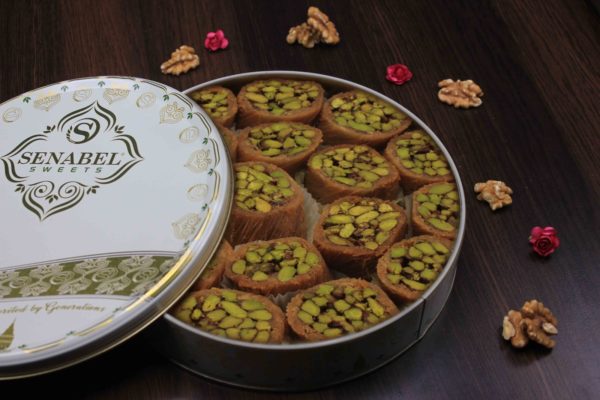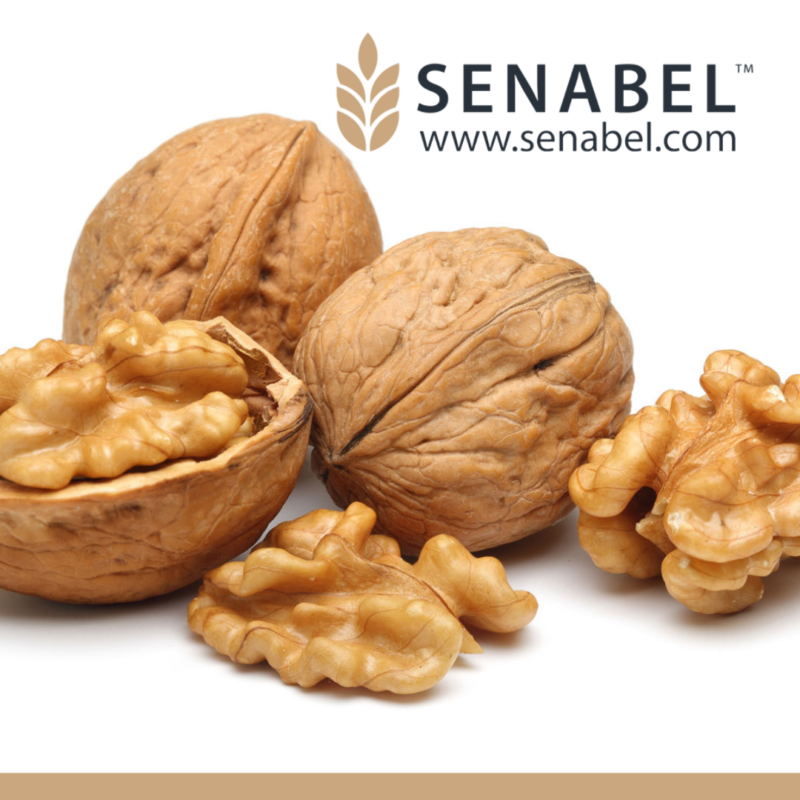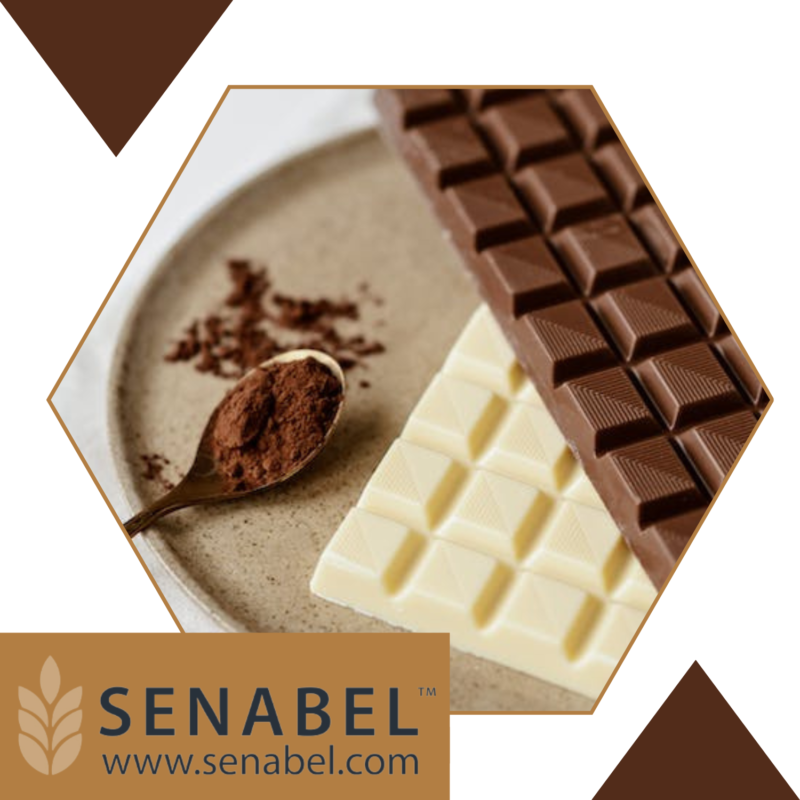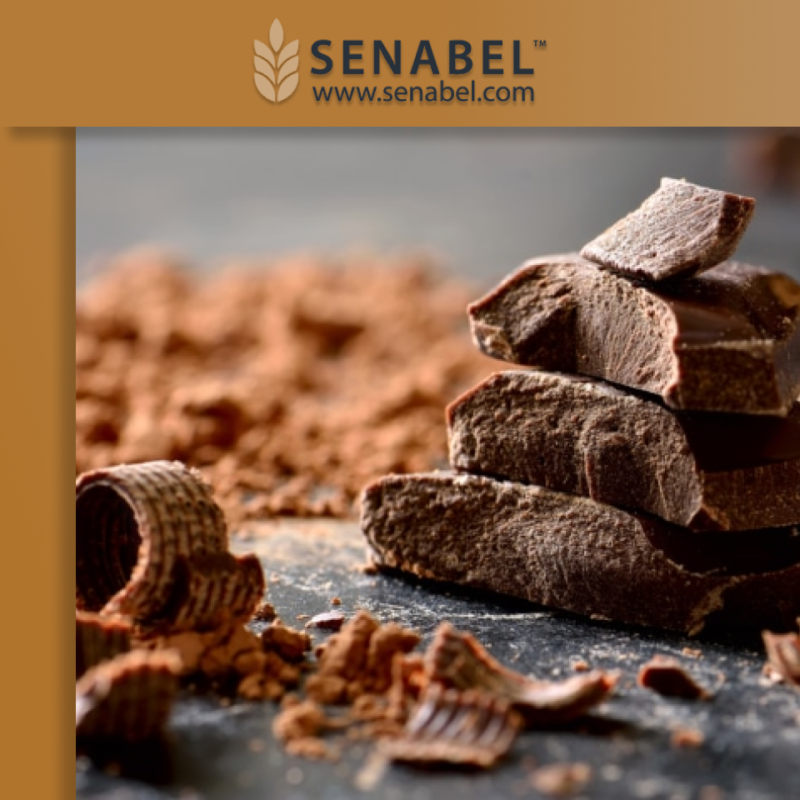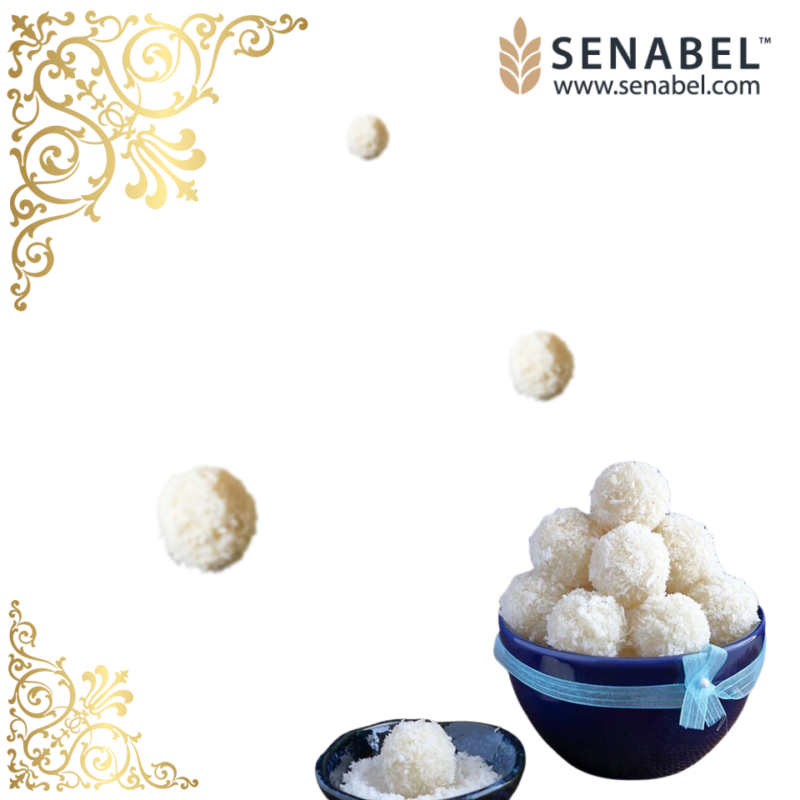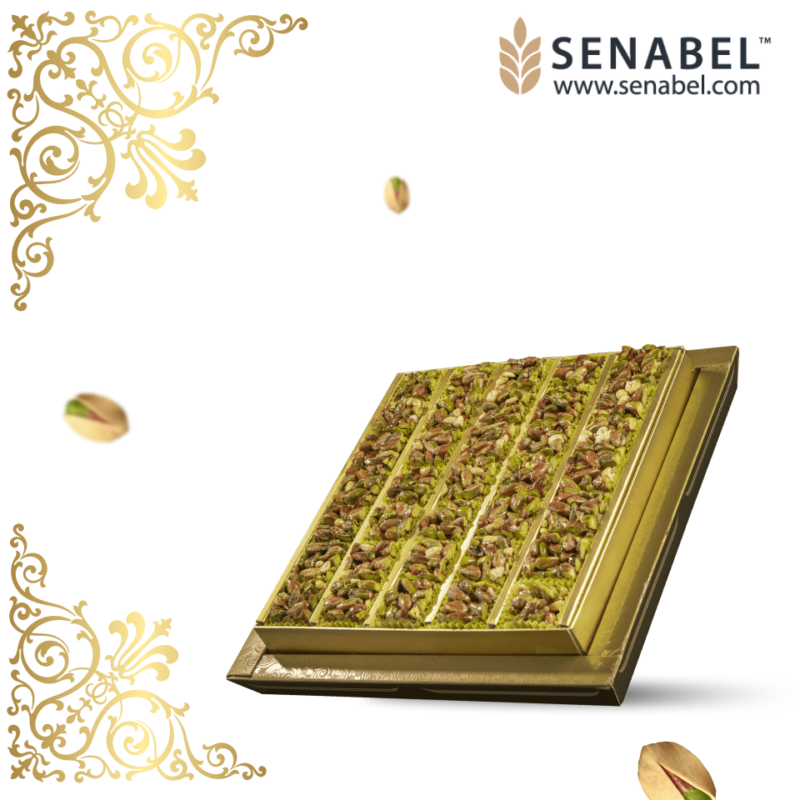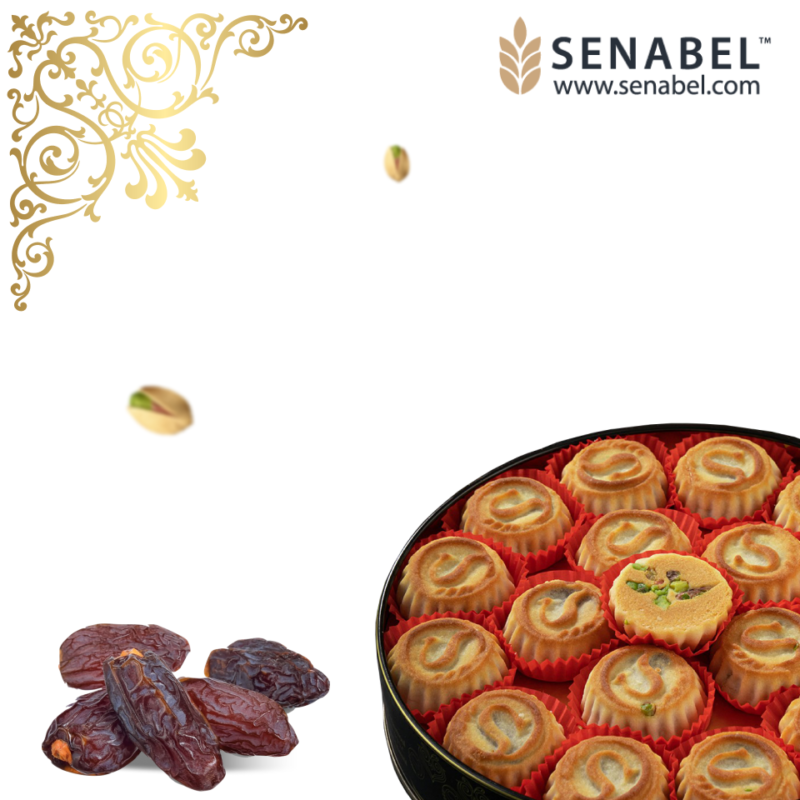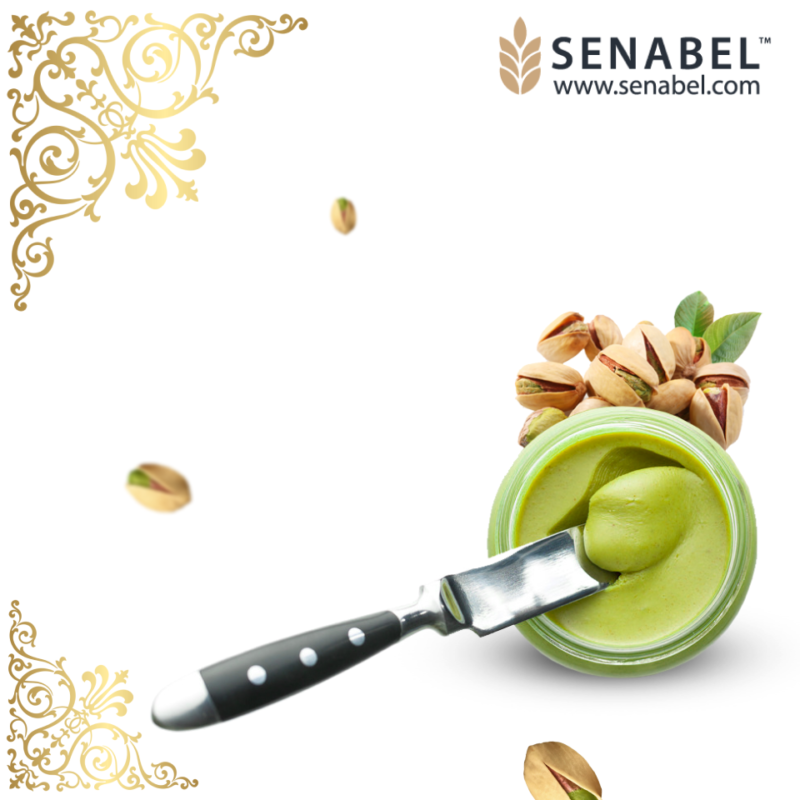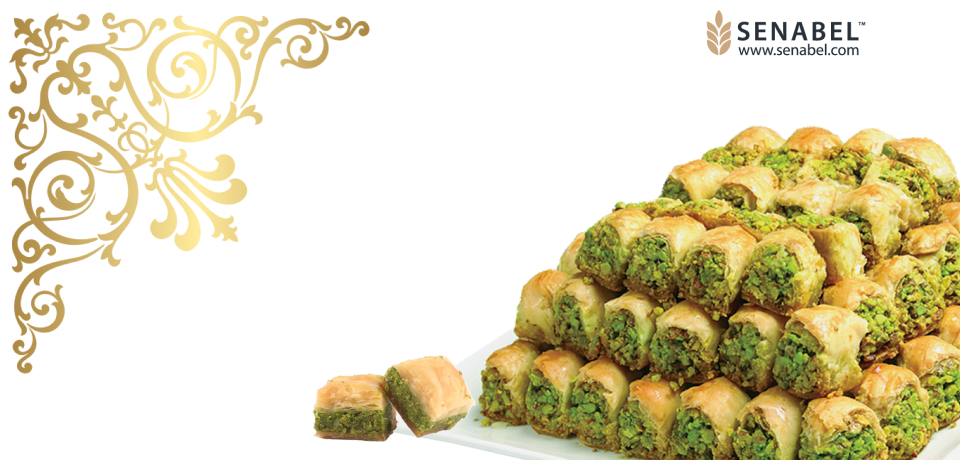حلويات المبرومة السورية، تعتبر الحلويات السورية واحدة من أجمل أنواع الحلويات في العالم، حيث تتميز بلذتها ومذاقها الطيب، ومن المعروف أنه تشتهر سوريا بصنع اطيب من الحلويات ذات المصدر الغذائي الغني، حيث أنه يمد جسم الإنسان بالطاقة التي تعطيه القدرة على العمل لساعات طويلة، ويكثر صنع الحلويات في الدول العربية كذلك وخاصة في شهر رمضان المبارك، وكلّ مدينة في سوريا لها مجموعة من الحلويات تميزها عن غيرها من المدن، ومن أكثر الأطباق الحلويات التي يتميز بها المطبخ السوري هي البقلاوة، و الكنافة والبرازق، و المشكل ، وأصابع الست، والمحلية، وغيرها من أطباق الحلويات المتنوعة ما بين الحلويات التقليدية والحلويات العصرية.
أشكال حلويات المبرومة السورية
تجمع حلويات المبرومة السورية بين الكنافة المبرومة وكذلك البقلاوة بحيث يتخللهما حشوة الفستق الغنية أو الكاجو أو البندق أو حتى مزيج من أنواع المكسرات معاً، و لكل منهم مذاق شهى و شكل مختلف له جاذبية معينة.
تعرف على الكنافة المبرومة السورية
حلوى تتكون من خيوط عجين هشة و رقيقة يضاف إليها السمن والسكر والمكسرات. والكنافة تعدّ إحدى أشهر الحلويات المبرومة السورية في بلاد الشام، ومصر، خاصة في فلسطين، حيث تشتهر الكنافة النابلسية، فهي من الحَلَوِيَّات الدارجة في جميع الفصول والمواسم، ويكثر تحضيرها على وجه الخصوص في شهر رمضان.
سبب صناعة الكنافة
تشير معظم الروايات إلى أن الكنافة تم اكتشافها فى عهد ولاية “معاوية بن أبي سفيان” وذلك فى توقيت ولايته على الشام، و يحكى أنه هو أول من تناولها وكان ذلك فى توقيت السحور فى شهر رمضان الكريم، و يرجع ذلك الى ان معاوية ابن أبي سفيان كان شديد الجوع و العطش فى أثناء ساعات الصيام ولذلك كانت الكنافه وصفة طبية قدمها له “محمد بن أثال الطبيب” وذلك لتمنع عنه الشعور بالجوع و العطش، وكانت الكنافة ان ذاك من الحلوى المصنوعة خصيصا لمعاوية بن أبي سفيان، و لهذا أطلق عليها فى البداية “كنافة معاوية”.
طريقة صنع الكنافة قديما
اختلفت صناعة الكنافة قديما عن صناعتها الحالية، حيث انه قديما كانوا يستخدمون الأقماع البدنية التي يمكن ان يتسلل منها العجين على صاج مسطح و يجرى تسويتها عن طريق وضع الصاج على الفحم أو الحطب، و كان بعض الناس يذهبون الى صانع الكنافة حاملين السمن و السكر الخاص بهم حتى يصنعها لهم.
أنواع الكنافة المختلفة واستخداماتها
الكنافة المبرومة : و هى التى يتم فيها استخدام الكنافة بالشكل المقسم الى قطع طويلة الشكل و يكون لها الطابع المبروم و الحشو الداخلى.
الناعمة : و هى تلك الكنافة التى تكون ذات الخيوط الناعمة أى أن عجينتها دائما ناعمة الملمس. و تتكون من السميد الناعم و السكر المطحون و الماء.
الكنافة الخشنة : و تكون عجينة الكنافة المستخدمة فيها طويلة و خشنة الملمس بعض الشئ.
تعرف على البقلاوة السورية المبرومة
تتكون من طبقات رقيقة وهشة من العجين ويتم حشوها بالفستق الحلبي او الجوز أو بمختلف أنواع المكسرات، وتحلى بإضافة العسل أو القطر إليها.
سبب تسمية البقلاوة بهذا الاسم
قيل أنها كلمة مشتقة من اللغة التركية العثمانية القديمة و هى تحريف من اسم زوجة سلطان من السلاطنة العثمانيين. وبالرغم من ذلك فإن الباحث الألماني في اللغة التركية جي. دورفر رفض احتمال كون الكلمة من أصل تركي، وهناك شكل آخر من الكلمة وهو بقلبا، وهي من أصل فارسي، كما أضيف للاسم كلمة حلويات المبرومة السورية نسبة الى شكل البقلاوة وهى فى هيئة اسطوانات صغيرة ملفوفة الشكل.
تعرف على أنواع البقلاوة المبرومة
البقلاوة الجزائرية:
يختلف عدد طبقات العجين التي يتم استخدامها فى إعداد البقلاوة فى الجزائر باختلاف كل منطقة من المناطق و كل مدينة. و يدخل فى مكوناتها السكر واللوز والجوز وهو ما يجعل لها مذاق فريد خاص بالدولة التي تقدمها.
البقلاوة الإيرانية:
تختلف البقلاوة الإيرانية عن بقية أنواع البقلاوة فى أنه يتم إعدادها من عدد محدد من رقائق العجين الهشة بالإضافة إلى الزعفران وجوز الهند والمكسرات كل هذا فى مزيج واحد معا.
البقلاوة اليونانية:
يتم إعدادها من 33 طبقة من العجين وترمز إلى السنوات التي عاشها المسيح فى اعتقاد الدولة اليونانية. ويدخل في مكوناتها العسل والجوز والقرفة وهو ما يضيف عليها طعم مختلف.
البقلاوة الأذربيجانية:
يتم اعدادها من رقائق العجين الهشة و يدخل فى مكوناتها اللوز والمكسرات التركية. والتى تعطيها مذاقا خاصااً ومختلفاً، ويتم تقطيعها على شكل متوازي وهي من أشهر الحلى التى يتم تقديمها فى الأعياد والمناسبات.
فى النهاية تشتهر الحلويات السورية بطعمها اللذيذ و بغناها بأنواع المكسرات الطازجة. مثل الفستق الحلبي واللوز والجوز والصنوبر ويدخل في صناعة الأنواع الفاخرة منها السمن البلدي الاصلي. كما تحوي حلويات المبرومة السورية أشكال وأنواع كثيرة وتعد من ألذ وأشهى الحلويات في الشرق الأوسط والمغرب العربي. عرفت واشتهرت سوريا منذ القرن التاسع عشر ولها صناعها ومبدعيها في محلات يعود تاريخ بعضها إلى سنوات عديدة مضت.

